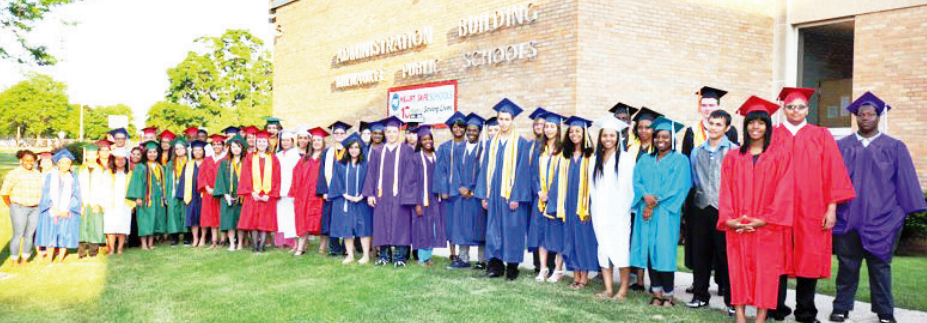
By: Jerry Benston, Jr.
Vice President
Critical Measures, LLC
(UWO graduate/former faculty member)

On Thursday November 21, 1968, 94 Black students at the University of Wisconsin Oshkosh made the conscious decision to put their college careers on the line and participate in a demonstration for social justice aimed at improving diversity and a more inclusive campus environment.
The demonstration resulted in all 94 students being arrested, jailed and expelled from the university.
On November 14, 2018, the University of Wisconsin Oshkosh reflected on and rededicate itself to lessons learned at that point 50 years ago known as “Black Thursday”. The campus commemorated the 50th anniversary of Black Thursday by recognizing this historical event and presenting a program to reflect upon the sacrifices and activism made by those 94 Black students to improve diversity and inclusion on the campus.
The program started with a meeting with Chancellor Andrew Leavitt followed by a reception. The program deepened the recognition of the courage, sacrifices, and perseverance of the “Oshkosh 94” and bestow on each member the Chancellor’s Medallion which reflects the university’s history, aspirations and appreciation for the creative power of individuals— people who make a difference through their professions, innovations, creativity, volunteerism, or activism. Their ideals and example help transform the lives of individuals, the trajectories of organizations and often, the futures of entire communities. This aptly describes the Oshkosh 94.
Chancellor Andrew Leavitt has demonstrated beyond words the university’s commitment to diversity and inclusion by hiring the most diverse cabinet in the entire University of Wisconsin System.
The highlighted conversation to create a more respectful and inclusive academic environment will continue to be a non-avoidable topic on U.S. college campuses. The opportunity to showcase leadership’s demonstrated commitment to a respectful and safe learning environment will be a watchful expectation.
Unfortunately, today under the auspices of higher education, college campuses are the third most frequent sites of hate crimes.

American institutions of higher learning are experiencing the demographic changes that are rapidly changing the face of America. The focus of every university’s “business” is to prepare students for the world of work in an increasingly global economy. Its students are becoming more diverse – racially, culturally, linguistically, religiously, and economically. Many of them are older, have families or are returning to school. Those students are interacting in a far more diverse campus environment than in the past. In that environment, the capacity to work effectively with “differences” is rapidly becoming the preeminent new business skill irrespective of one’s professional field of endeavor.
These changes present a compelling “business case” for any organization including post-secondary academic environments.
Recognizing the diversity-related challenges that universities are currently experiencing, there is an immediate opportunity to take action to demonstrate commitment to valuing differences. That commitment starts with top academic leadership understanding the “business case” for diversity and inclusion and its inherent impact on university marketing, reputation and sustainability.
In any academic environment many of the challenges relative to student performance and success center on student and faculty relationships. If those interpersonal interactions don’t exist because of “unconscious bias” on the part of faculty, recruitment of new faculty, student performance, success, retention and graduation rates are negatively impacted.
In the past, human bias was regarded as conscious and intentional. Today, the new science of bias suggests that human biases are normative, largely unconscious and unintentional. If true, this new research suggests that our biases are infinitely more dangerous than we ever imagined them to be – operating like computer viruses that can get beyond our best intellectual firewalls and capable of creating tremendous interpersonal damage – without conscious intent.
The attainment of academic degrees does not exempt the phenomenon of unconscious bias. Studies on student and faculty relationships suggest that “faculty have the greatest influencing impact on students because they set the intellectual and behavioral norms for the institution”. If we buy the fact that faculty may have biases that negatively impact student success, then a proactive intervention to educate faculty on their own unconscious biases and how to manage them would appear to be a logical and appropriate step for development in academic leadership.









